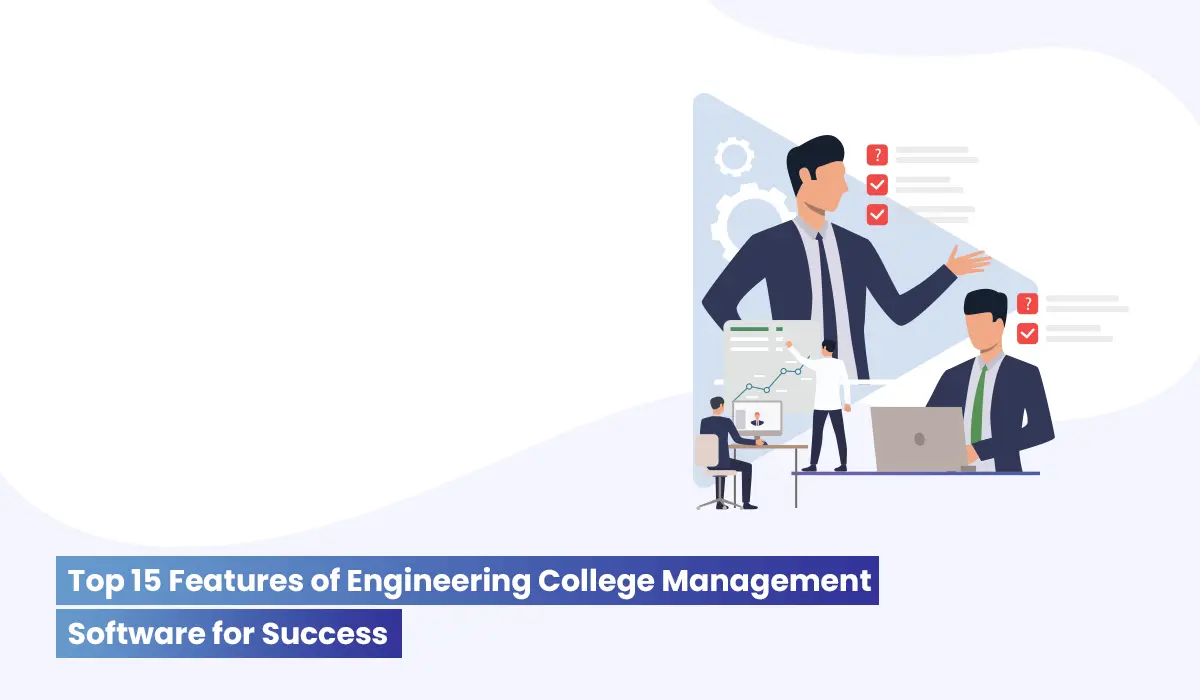Get stories like this delivered straight to your inbox. Sign up for The 74 Newsletter
Jill Norton, an education policy adviser in Massachusetts, has a teenage son with dyslexia and ADHD. Shelley Scruggs, an electrical engineer in the same state, also has a teenage son with ADHD. Both students go to the same technical high school.
But last fall, Norton and Scruggs advocated on opposite sides of a Massachusetts ballot referendum scrapping the requirement that high school kids pass a standardized state test to graduate.
Norton argued that without the high bar of the standard exam, kids like hers won’t have an incentive to strive. But Scruggs maintained that kids with learning disorders also need different types of measurements than standardized tests to qualify for a high school diploma.
Voters approved the referendum last November, 59% to 41%, ending the Massachusetts requirement. There and in most other states, Scruggs’ position against testing is carrying the day.
Just seven states now require students to pass a test to graduate, and one of those — New York — will end its Regents Exam as a requirement by the 2027-28 school year. Florida, Louisiana, New Jersey, Ohio, Texas and Virginia still require testing to graduate, according to the National Center for Fair and Open Testing, a group that opposes such mandates.
In Massachusetts, teachers unions favored getting rid of the exam as a graduation requirement. They argued it forced them to teach certain facts at the expense of in-depth or more practical learning. But many business leaders were in favor of keeping the test, arguing that without it, they will have no guarantee that job applicants with high school diplomas possess basic skills.
State by state, graduation tests have tumbled over the past decade. In 2012, half the states required the tests, but that number fell to 13 states in 2019, according to Education Week. The trend accelerated during the pandemic, when many school districts scrapped the tests during remote learning and some decided to permanently extend test exemptions.
Studies have found that such graduation exams disadvantage students with learning disabilities as well as English language learners, and that they aren’t always a good predictor of success in careers or higher education.
An oft-cited 2010 article by researchers at the University of Texas at Austin may have ignited the trend to scrap the tests. Researchers’ review of 46 earlier studies found that high school exit exams “produced few of the expected benefits and have been associated with costs for the most disadvantaged students.”
Some states began to find other ways to assess high school competency, such as grades in mandatory courses, capstone projects or technical milestones.
“Minimum competency tests in the 1980s drove the idea that we need to make sure that students who graduate from high school have the bare minimum of skills,” said John Papay, an associate professor of education at Brown University. “By the mid-2000s, there was a reaction against standardized testing and a movement away from these exams. They disappeared during the pandemic and that led to these tests going away.”
Despite the problems with the tests for English learners and students with learning disabilities, Papay said, the tests are “strong predictors of long-term outcomes. Students who do better on the tests go on to graduate [from] college and they earn more.”
Papay, who remains neutral on whether the tests should be required, pointed out that high school students usually have many opportunities to retake the tests and to appeal their scores.
Anne Hyslop, director of policy development at All4Ed, a think tank and advocacy group for underserved communities, noted that in many states, the testing requirements were replaced by other measures.
The schools “still require some students or all students to demonstrate competency to graduate, but students have many more options on how they could do that. They can pass a dual credit [high school/college] course, pass industry recognized competency tests. …
“A lot of states still have assessments as part of their graduation requirements, but in a much broader form,” she said.
Massachusetts moves
Scruggs said her son took Massachusetts’ required exam last spring; he passed the science and math portions but fell 1 point short in English.
“He could do well in his classes, but if he didn’t pass the three tests, he wouldn’t get his regular diploma,” Scruggs said. “How do you go out into the working world, and you went to school every day and passed your classes, but got no diploma?”
Her son has taken the English test again and is awaiting his new score, she said.
Norton, by contrast, said the exam, called the Massachusetts Comprehensive Assessment System, or MCAS, gave her son an incentive to work hard.
“I worry that kids like him … are going to end up graduating from high school without the skills they will need,” Norton said. “Without the test, they will just be passed along. I can’t just trust that my kid is getting the basic level of what he needs. I need a bar set where he will get the level of education he needs.”
Students in Massachusetts still will have to take the MCAS in their sophomore year of high school, and the scores will be used to assess their overall learning. But failing the test won’t be a barrier to graduation beginning with the class of 2025. The state is still debating how — or whether — to replace the MCAS with other types of required courses, evaluations or measurements.
High school students in Massachusetts and most states still have to satisfy other graduation requirements, which usually include four years of English and a number of other core subjects such as mathematics, sciences and social studies. Those requirements vary widely across the country, however, as most are set by individual school districts.
In New York, the State Education Department in 2019 began a multiyear process of rethinking high school graduation requirements and the Regents Exam. The department decided last fall to phase out the exit exam and replace it with something called a “Portrait of a Graduate,” including seven areas of study in which a student must establish proficiency. Credit options include capstone projects, work-based learning experiences and internships, as well as academic achievement. Several other states have moved recently to a similar approach.
Harry Feder, executive director of FairTest, an advocacy group that works to limit standardized testing, said course grades do a better job of assessing students’ abilities.
“Standardized tests are poor ways of incentivizing and measuring the kinds of skills and knowledge we should have high school kids focusing on,” Feder said. “You get ‘teaching to the test’ that doesn’t bear much of a relationship to the kinds of things that kids are being asked to do when they go on to college or the workplace.”
Max Page, president of the Massachusetts Teachers Association union, said phrases such as “teaching to the test” disrespect teachers and their ability to know when students have mastered content and competency. The high school tests are first taken in the 10th grade in Massachusetts. If the kids don’t pass, they can retake the exam in the 11th or 12th grade.
“Educators are still evaluating students,” he said. “It’s a mirage to say that everything that a student does in education can be measured by a standardized test in the 10th grade. Education, of course, goes through the 12th grade.”
He added that course grades are still a good predictor of how much a student knows.
Colorado’s menu
Several of the experts and groups on both sides of the debate point to Colorado as a blueprint for how to move away from graduation test requirements.
Colorado, which made the switch with the graduating class of 2021, now allows school districts to choose from a menu of assessment techniques, such as SAT or ACT scores, or demonstration of workforce readiness in various skill areas.
A state task force created by the legislature recently recommended some changes to the education accreditation system to “better reflect diverse student needs and smaller school populations.” They include creating assessments that adapt to student needs, offering multilingual options, and providing quicker results to understand student progress.
The state hopes the menu of assessment options will support local flexibility, said Danielle Ongart, assistant commissioner for student pathways and engagement at the Colorado Department of Education.
“Depending on what the student wants for themselves, they have the ability to show what they know,” she said in an interview. In particular, she said, the menu allows for industry certificates, if a student knows what type of work they want to do. That includes areas such as computer science or quantum computing.
“It allows students to better understand themselves and explain what they can do, what they are good at, and what they want to do,” she said.
Stateline is part of States Newsroom, a nonprofit news network supported by grants and a coalition of donors as a 501c(3) public charity. Stateline maintains editorial independence. Contact Editor Scott S. Greenberger for questions: info@stateline.org.
Get stories like these delivered straight to your inbox. Sign up for The 74 Newsletter











